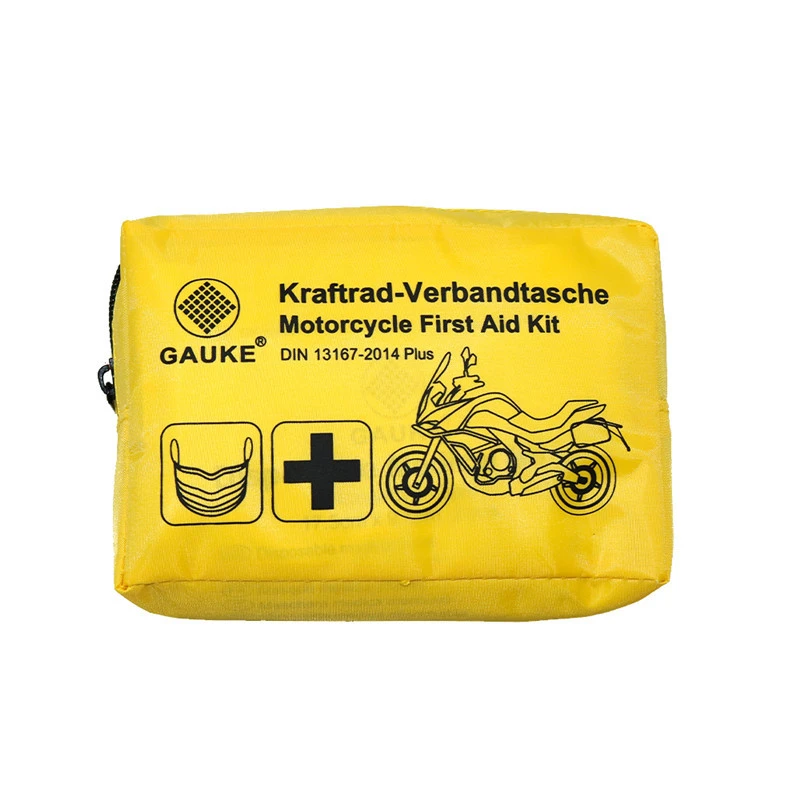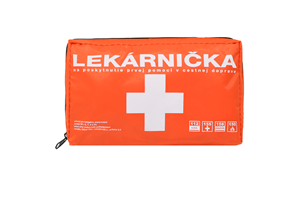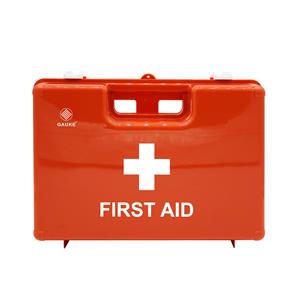A Guide to Bandages and Wound Care Bandages
Bandages support medical devices, such as intravenous catheters, urinary catheters, cannulas, and wound dressings, or are used alone to support the body or wound. In addition, bandages can be used to inhibit or absorb the flow of bodily fluids, such as blood, lymph, and exudates. More specifically, bandages are important for the standard treatment of lymphedema, venous hypertension, leg ulcers, cuts and scrapes, and countless other wound care uses. Bandages need to be changed regularly to prevent infection and maintain their intended use. Available in a variety of types, including fillers, compression wraps and wound dressings, as well as a variety of sizes and shapes to help meet individual bandage needs.
First Aid: Types of Bandages
There are three types of bandages you may come across; we have listed them in the table below. If you need more information about bandage supplier and types of bandages, there is a detailed description of each type of bandage at the bottom of the table.
Roller bandage: They are usually made from a single continuous weight and breathable cotton gauze and are widely used to hold the dress against scratches.
Triangle bandage: The triangle bandages are one of the various types of bandages included in the first aid kit. They are designed by bandages supplier to create slabs that support soft tissue damage and prevent fractures.
Tubular bandage: Tubular bandages can be some of the three most common types of bandages. They provide compression and can be used to stabilize / support the knee and elbow joints, and in some cases hold the garment towards the legs.
Roller bandage
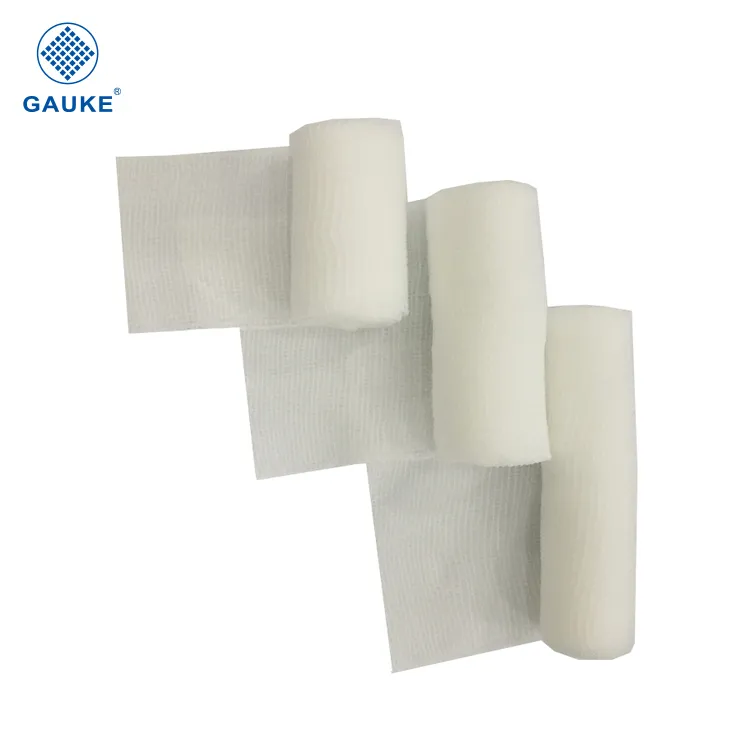
They are usually made from a single continuous weight and breathable cotton gauze and are widely made by bandages supplier to hold the dress against scratches. Most first aid kits include a thick crepe roller bandage that is suitable for supporting joints due to its elastic design. It also has moderate light output control and can be used in combination with pads and cloths, making it ideal for emergencies. Roller bandages usually look like a closed cylinder of white cotton cloth. In most cases, rolling bandages are provided in dirty plastic packs that provide information about the type of bandage, the amount of weave, and the degree of melting. To hold the cloth on an open wound using a roller bandage, start by placing the appropriate pad / dressing on the affected area.
Next, you need to take the bandage and gently wrap it around the pad with the folded end facing up. Start from the bottom and work upwards, adding a few inches at a time and pressing firmly on the object. Otherwise, you will not be able to apply the force needed to support the wear. Make sure each lap is at least aligned with the last third lap to make sure the pad / dressing is properly closed. When you reach the top of the dressing, add two more, secure the band and cut. If you use a flexible bandage to pressure or support the joint, do the same, but make sure the patient bends or bends the arm several times before applying. Make sure it is tightly wrapped so that pressure is applied.
Triangle bandage
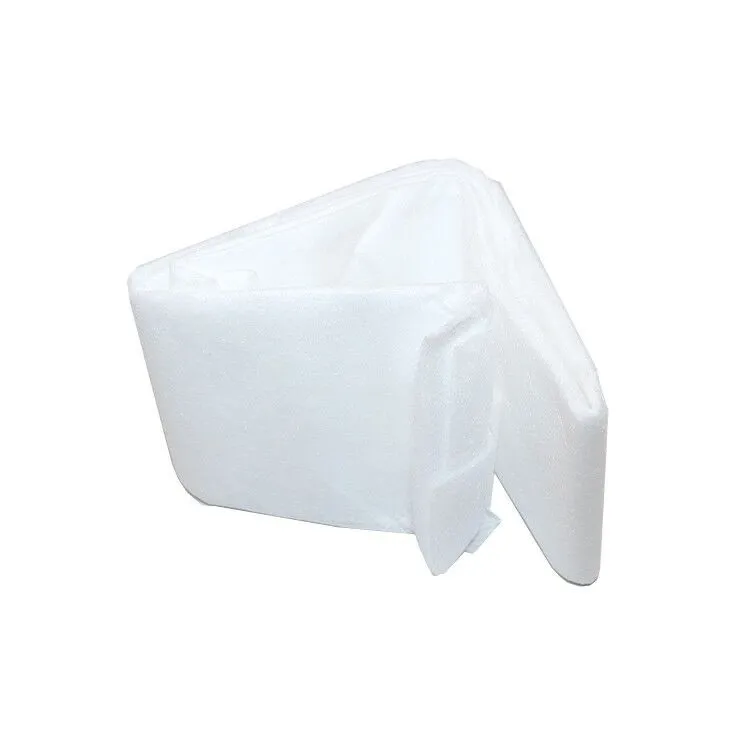
Triangular bandages are one of the different types of bandages you can get from a bandage supplier in the first aid kit. The specific sheets of thick cotton or calico are designed to make fabrics:
Supports Soft Tissue Injuries
Fix broken bone
You can also use a triangle bandage to make a temporary tourniquet in an emergency. If no roller bandage is available, you can also wrap the bandage around a pad or dressing to apply pressure. Triangular Bandages will look for larger square packs in your first aid kit that contain triangular cloths. Some triangular bandages supplier also comes with safety pins to help with the sling structure. When using a triangle bandage to support or immobilize a limb, you first need to find out which type of sling is best for the injury.
For lower arm, elbow and hand injuries, you will need to choose between an arm sling and a lift sling, depending on whether you need to restrict blood flow to the affected body part. For lower body injuries, you’ll want to use the bandage as a wide-fold version of a roller bandage; wrap it around the affected body part to keep it fully in place. Once you’ve determined what kind of sling you’ll need, you can start building it. Since slings are constructed differently, we recommend that you familiarize yourself with a visual guide like this.
Tubular bandage
Tubular bandages are probably the least versatile of the three traditional bandages provided by bandages supplier. These are elastic tubes of thick gauze designed to be used on individual body parts, determined by the width of the bandage itself. They provide compression, can be used to immobilize/support the knee and elbow, and in some cases, secure the dressing to the limb. Tubular bandages supplier make their look like a long loop of bandages from a first aid kit, or maybe a roll of elastic round bandages designed to be cut to fit the desired area.
To use the tube bandage from bandage supplier, simply slide it up slowly until it covers any body part you want to treat. If you’re using a tubular bandage to support the joint, that’s all you need to do, but if you’re using a tubular bandage to hold the dressing against the limb, you’ll need to cut the dressing in place first, ask the patient to hold it in place, and slowly slide the tubular up Bandage until it covers the pad, taking care not to move the dressing or contaminate the wound.
When to change bandages
Follow your doctor’s orders.
Dirty.
Get wet.
Essentially, if your bandage appears to have worn out or indicates a state change, this is the right time to do so. We have a huge selection of bandages to meet your needs. Read our products carefully, if you have any questions, please call us.


